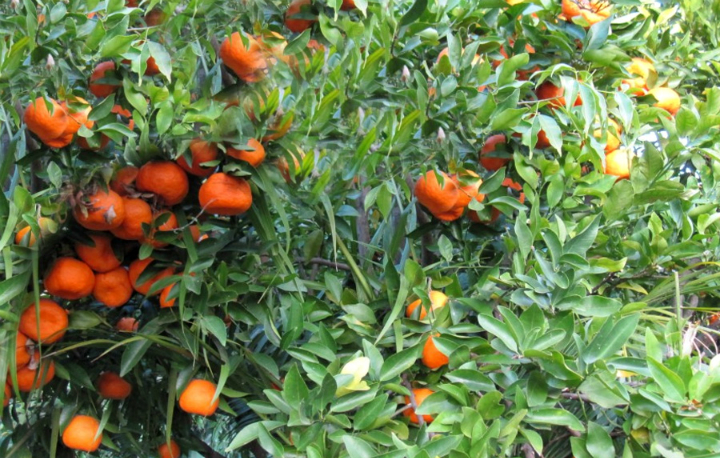MANDARIN TREE
Its small size is inversely
proportional to the old age. The mandarin, already counts a long history of
3,000 years and the original source is placed somewhere in the depths of
imperial China.
It is said that it took its name from the senior officials of the Chinese
empire, Mandarin, because of the similarity of the color of their uniforms with
bright orange color tangerine! The mandarin, moreover, was so popular in those
years, which constituted an excellent gift among representatives of high
society of China!
It is an eminently winter fruit as marketed from mid November to February.
Small, juicy and tasty, mandarin favorite fruit is large and small while many
choose it as a snack for the office.
In our country, mandarin came from the depths of China around 1800 and has
since been released in different varieties, eg the clementine. As for
consumption? It is eaten mainly raw and is also a first-class jam (just like
the peel). Sometimes, it is another component of a hearty fruit and after
squeezing into the juicer and removing stoning, which contains, gives a
delicious juice. In some locations even after appropriate treatment, the juice
turns into mandarin liqueur, topping the best way a beautiful meal.
Valuable nutrients
The small tangerine may at first glance not impresses with its tiny size, but
has nutrients more than impressive. Rich in fiber and vitamins (A and C), which
shield the body against viruses and infections, mandarin is also a valuable
source of carbohydrates, iron, carotene and phosphorus.
But the "magic" ingredients, do not stop here. Sodium, protein,
calcium, potassium, magnesium and folic acid are some more of the valuable
nutrients, enjoying our organization in every bite of mandarin.
